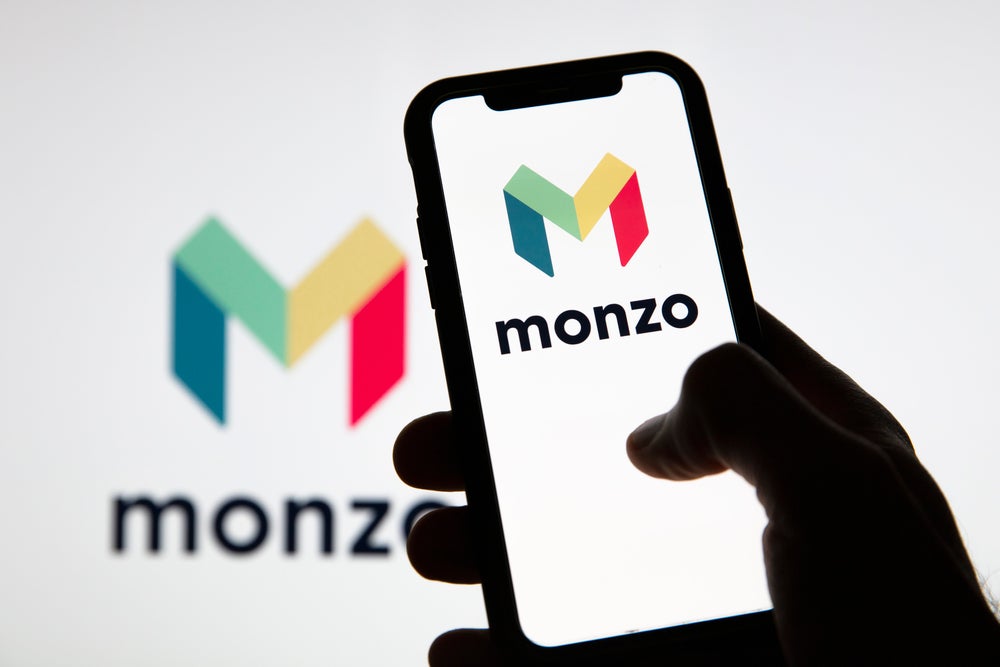Amazingly, at least to me, Monzo has already signed up 400,000 customers.
Much as I like founder Tom Blomfield – and given his track record I would hesitate to bet against him – I still think he is kidding himself if he seriously believes his own hype that he can get to one billion customers in five years. Douglas Blakey writes
The Monzo hype
I admit I did not think he would get close to 400,000 customers this early. The current proposition is no more than a Mastercard-branded prepaid card. And a prepaid card that comes with severe limitations. Take ATM withdrawals in the UK for example – no fee for withdrawals, but the catch is that cardholders are limited to total ATM withdrawals of £3,000 ($4,066) in a 12-month period.
That would not work for this writer. But for the typical Monzo user, a number of whom work in this office, this is no hurdle. They rejoice in not using cash, unless as a last resort. The 20 and 30-somethings I know who rave about Monzo take great delight in telling me that they might use an ATM once a month, at most. They love Monzo’s spending tracker. They also love the feature that sends a push notification to their phone when money is debited from their account. And they are especially upbeat about Monzo offering free overseas spending and ATM withdrawals worldwide, again subject to limits of £250 a day, £1,000 a month or £3,000 a year.
That feature is to end with Monzo set to introduce fees for overseas ATM withdrawals by the end of the year. Monzo blames a small minority of customers for the change with a mere 13% of customers accounting for 85% of all ATM withdrawals in any given month.
There is also evidence that a number of Monzo customers – I suspect a significant proportion of the 400,000 customers – sign up for fee-free foreign ATM withdrawals and then never use the card once they return to the UK.
According to Monzo, every active ATM user among its customer base is costing it about £16 per year. In the year ending 28 February 2017, Monzo reported a loss of £6.7m. This is over four times the £1.4m loss reported in the previous year. If I wore a hat, I would doff it respectfully to any outfit that can acquire its current volume of new customers without paying customer acquisition costs of say £100-150 per customer. Blomfield estimates that it loses £40-50 per prepaid customer per year but can reduce this to about £20 per current account customer; by the end of 2017 all prepaid card customers will be migrated to a current account.
How well do you really know your competitors?
Access the most comprehensive Company Profiles on the market, powered by GlobalData. Save hours of research. Gain competitive edge.

Thank you!
Your download email will arrive shortly
Not ready to buy yet? Download a free sample
We are confident about the unique quality of our Company Profiles. However, we want you to make the most beneficial decision for your business, so we offer a free sample that you can download by submitting the below form
By GlobalDataMonzo is banking on about one-half of its users trusting Monzo enough to make it their main current account. That looks to be on the optimistic side. It will also need another funding round and will need a lot more than the £22m it raised last time. For now, it is a safe bet that the next capital raising will be successful; current backers Thrive Capital and Passion are totally supportive. Monzo will also cut costs by bringing its card processing in house; and will of course cut costs by ending free international ATM withdrawals.
In all discussions this editorial desk has had with Blomfield, he has stressed that he is not planning to take the Atom or Fidor route and sell out, in whole or part, to an established bank. I will eat my non-existent hat if, in the next three to five years, Monzo is not made such an attractive offer that it sells.
ATMs: exciting times ahead
Back to the Monzo fan-clubbers of my acquaintance; to listen to them you would think that the ATM’s days are numbered. They concede it has had a great run for 50 years, but suggest it will not have much to celebrate by the time of its 75th birthday. They are, of course, talking nonsense.
In a well-publicised piece we ran last month, Fidor’s estimable Sophie Guibaud even headed her thoughtful article The Simple Fact Is That Cash Has Had Its Day.
There is plenty of research to suggest otherwise. Mobile phones will increasingly replace the card for customer interaction with ATMs. The growth of NFC-enabled ATMs will accelerate. Artificial intelligence programmers will be incorporated into ATM software. The range of services offered by ATMs will expand. We will witness more innovation with the humble ATM in the next five years than we have seen in the past 20. The oft-forecast claim that the ATM can become a ‘bank in a box’ will be borne out.
Lastly, with due deference to the anti-cash brigade, consider current stats: The current number of ATMs in the UK is at a record high – 37% of UK adults use an ATM once a week, a further 25% once every two weeks, with 27% using an ATM once a month.
The ATM remains a key part of the banking infrastructure and will be about for some time to come – maybe even another 50 years, whatever Monzo or Fidor may argue.
And as Monzo will find out when it starts to offer current accounts, there will many many customers who are turned off by a maximum limit of £3,000 in annual ATM withdrawals.







